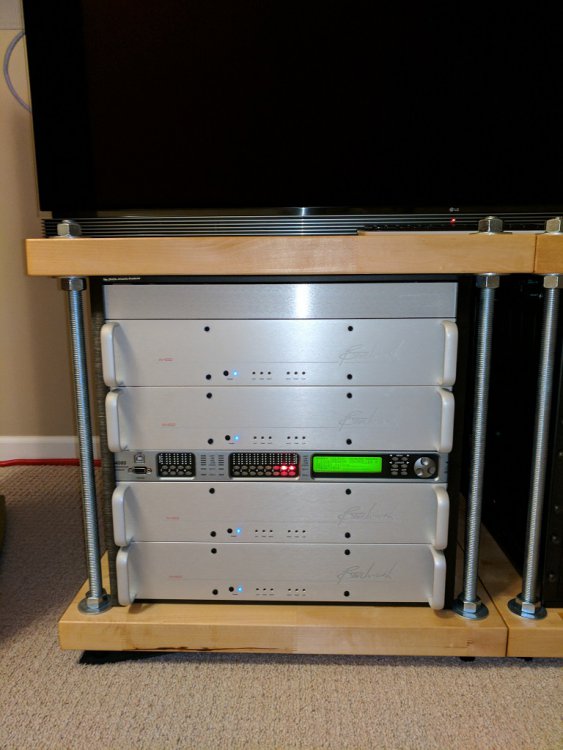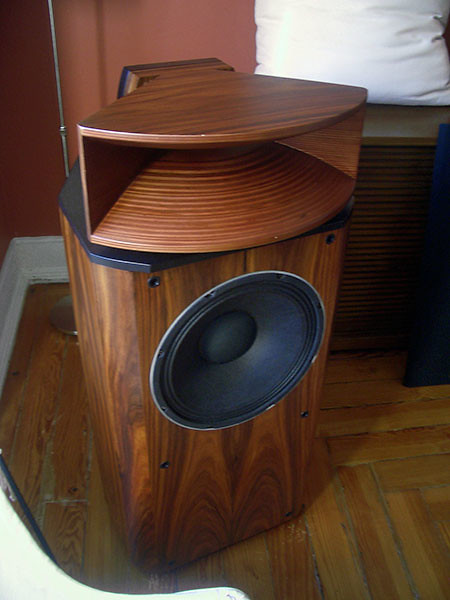Just my two cents.
It seems when getting into any discussion of horns v. dynamic v. planar speakers, it helps to look at it through the lens of history. Lets go back to the 1950s and 60s. At that time in the realm of affordability, you could get a Dynaco ST-70 with a whopping 35 watts a channel. Big, reasonably affordable power didn't exist until 1970 when the Phase Linear showed up giving 350 watts per channel. So in the 50s & 60s you had really three distinct choices for speakers:
1) Horns- The only speakers that could preserve dynamics and put out realistic SPLs. No CAD design, just the best of pencil and paper engineering. The compromise was that you got those dynamics and efficiency from their large size (Thiel-Small parameters applied as much as then as they do today, pick two of three, size, efficiency, bass extension) in tradeoff for their cupped sound and lack of driver integration.
2) Planars (ESL and then planar magnetics (Manepan)). No cuppy sound, no boxy sound, open amazing midrange and imaging, limited bass and treble, dynamically restrained, inefficient, SPL limited even if you had the power.
3) Box Speakers- Efficiency varies depending on size and design (big boxes, better efficiency, acoustic suspension, smaller, but lower efficiency). Okay imaging, okay frequency extension, okay dynamics, nothing amazing, but nothing truly bad.
At that time, you really had to choose your compromises and what was important to you. It was also when it seems that the general sound virtues and deficits off each design became the default by which people approached them and through today expect each design to have a certain sound.
Fast forward 50+ years. Guess what. We now have a lot of changes, amplifier power limitations are not really an issue. Through time, development and evolution, each speaker design has maintained its strengths, while lessening its weaknesses. We now have horns that don't sound cuppy and can be smaller. We have Planars that can put out decent sound levels and have decent dynamics (they are still constrained in their size v output limitations, can't change physics). We have dynamic speakers that are dynamic, play loud, and don't sound boxy.
So when someone says they don't like a design, I don’t think they should look at it through the prism of there is one perfect speaker, but rather what tradeoffs is a person willing to live with while recognizing that as time moves on, the tradeoffs between designs have and will continue to decrease. Personally, I have traditionally preferred the tradeoff of planars and their open sound over the dynamics of horns. That said, after nearly 30 years of various magnepans in my main system, I seriously considering changing to dynamic speakers, as I have heard ones that have that open boxeless sound of magnepans without some of the magnepans tradeoffs (specifically was impressed with how transparent Salk Song 3s sounded).





